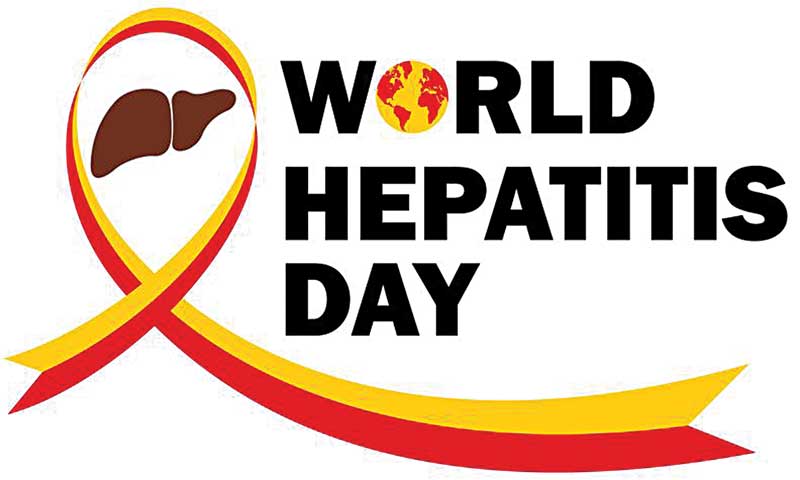July 28 is World Hepatitis Day and as we observe it today, here are the different types of Hepatitis, how they are transmitted and how they can be prevented.
The different types of Hepatitis are Hepatitis A, B, C, D and E.
-
Hepatitis A:
Hepatitis A is a liver disease caused by the Hepatitis A virus. It is mainly contracted by ingesting food or drink that has been contaminated with the feaces of an infected person.
While it doesn’t cause chronic liver illness like B and C, the symptoms may be severe and can lead to liver failure which may be fatal.
The main risk factor of contracting this disease is poor hygiene and lack of safe drinking water. However, there is vaccination to prevent it.
-
Hepatitis B:
Hepatitis B is a liver infection caused by the Hepatitis B Virus (HBV) and it is potentially fatal. The infection may be chronic and Hepatitis B puts people at a high risk of liver cancer and cirrhosis.
The disease is contracted via contact with blood and other body fluids such as semen, vagina discharge and saliva of an infected person. This makes it easily communicable, especially since the virus can survive outside the body for a whole week and still infect an unvaccinated person who comes in contact with it.
The disease can be transmitted through sexual activity, sharing od needles and syringe (especially among drug users and unsafe tattoo practices), or through a mother to daughter during childbirth.
According to WHO, about 257 million people are living with the disease.
It is preventable through vaccine.
-
Hepatitis C:
Hepatitis C is caused by the Hepatitis C Virus (HCV) and it causes acute and chronic liver infections. Acute Hepatitis C may be asymptomatic, that is, no symptoms will manifest in an infected person.
Even without treatment, about 30 percent of infected persons are cleared of the disease within six months while the remaining develop chronic HCV infection.
The virus is blood-borne and may be contracted through sharing needles with an infected person, blood transfusion, through sex and from mother to child. It is not spread by breastfeeding, food, drink or physical contact.
There is no vaccine for Hepatitis C, however, infected persons can be treated with antiviral medicines.
-
Hepatitis D:
Hepatitis D cannot occur in the absence of Hepatitis B. it causes acute and chronic liver disease and it requires the Hepatitis B Virus for replication.
The co-infection of HBV and HVD is one of the most severe forms of chronic viral Hepatitis. The transmission method for Hepatitis D is the same as that for Hepatitis B.
The only way to prevent HVD is to be vaccinated against HBV.
-
Hepatitis E:
Hepatitis E is a liver disease cause by infection with the Hepatitis E virus (HEV). It is transmitted when an uninfected person ingests water that has been contaminated with the feaces of an infected person.
The risk factors for Hepatitis E are poor hygiene and sanitation as well as lack of access to safe and clean drinking water.



